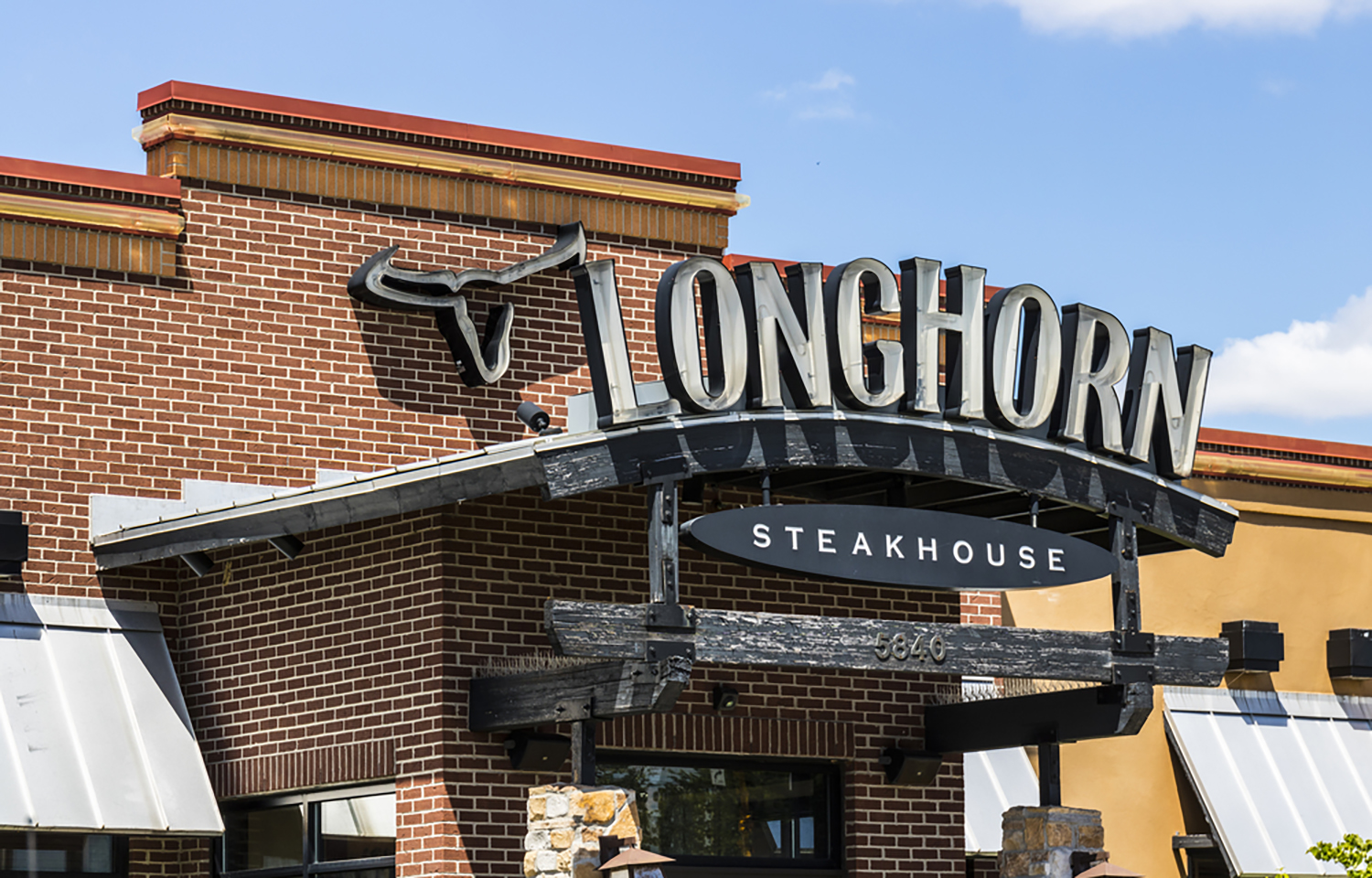Higher protein prices and stagnant traffic growth are dealing a blow to the U.S. restaurant industry.
Technomic said there was a 0.7 percent year-over-year decline in restaurant traffic in January 2024, and research firm Circana has forecast a paltry 1 percent growth in 2024 restaurant traffic.
Darden Restaurants, which operates nearly 2,000 establishments around the U.S. including the Olive Garden, LongHorn Steakhouse, and Yard House chains, reported lower-than-expected earnings in its fiscal Q3 2024, as same-restaurant sales dropped 1 percent. Sales in its fine-dining segment, including such brands as The Capital Grille, dropped 2.3 percent, while sales in its “other business” category, which includes Seasons 52 and Bahama Breeze, declined 2.6 percent. Olive Garden sales decreased 1.8 percent, and LongHorn Steakhouse reported a 2.3 percent increase.
Darden’s total sales rose 6.8 percent to USD 3 billion (EUR 2.8 billion) year over year during the third quarter, driven by the addition of 79 company-owned Ruth’s Chris Steak House restaurants and 53 other net new restaurants.
Darden CEO Rick Cardenas said that individual restaurant sales declines were due to bad winter weather and the fact that lower-income consumers “appear to be pulling back.” Transactions from consumers with annual incomes below USD 75,000 (EUR 70,000) annually were “much lower than last year,” he noted, and across all of its brands, transactions fell from consumers with annual incomes below USD 50,000 (EUR 46,000).
“Similar to Q2, this shift was most pronounced in our fine-dining segment,” Cardenas said.
At the same time, transactions from households with incomes above USD 150,000 (EUR 140,000) were higher than last year, according to Cardenas.
“We've taken a lot less pricing than the competitive set. We've taken a lot less pricing than CPI and a lot less pricing than full-service and limited-service over the last four years,” Cardenas said. “So, it gives us some room to continue to price if we need to. But … our plan is still, over the long term, to price below inflation.”
The trend is playing out across the U.S. restaurant industry, with around 25 percent of low-income consumers – those who earn less than USD 50,000 a year – said they were eating less fast food, and around 50 percent of the category said they are making fewer trips to fast-casual and full-service eateries, according to consulting firm Revenue Management Solutions, per Reuters.
Quick-service restaurant menu prices are up by ...








